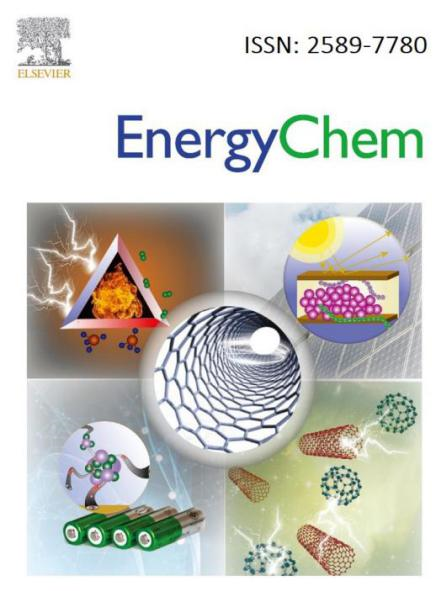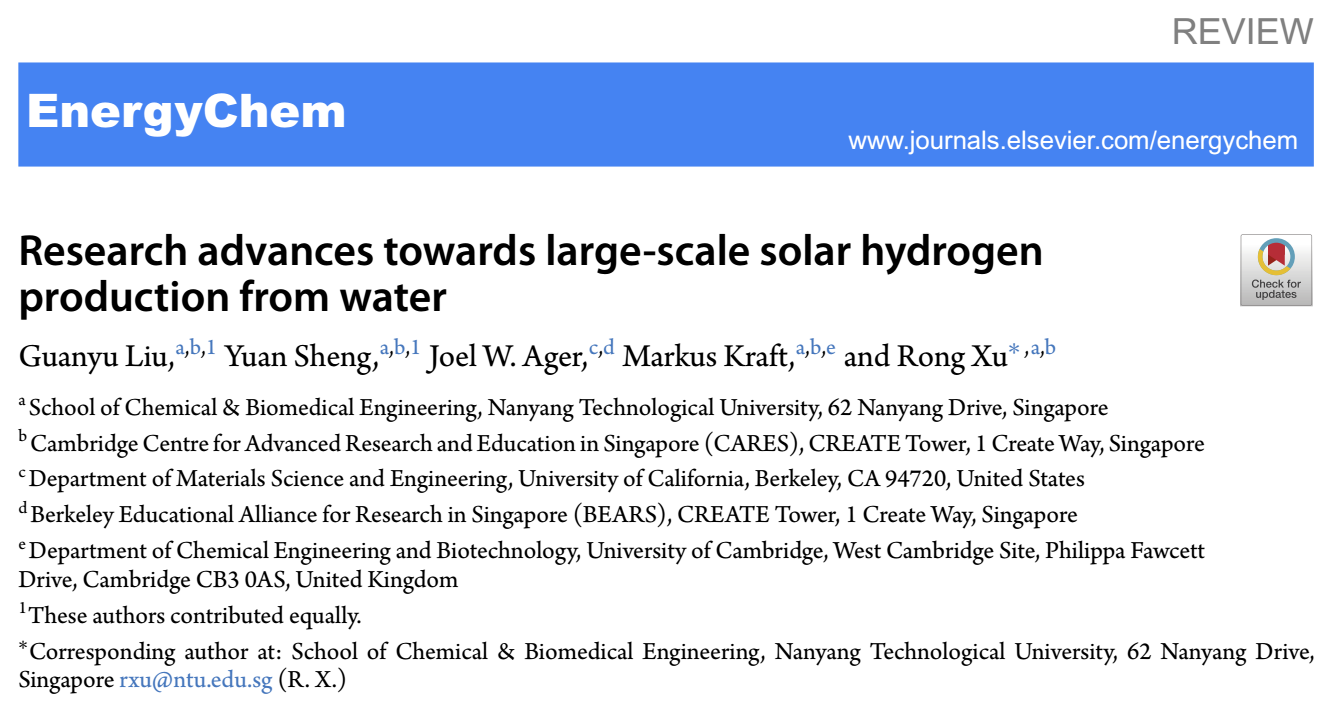
第一作者:Guanyu Liu, Yuan Sheng
通訊作者:Rong Xu
通訊單位:新加坡南洋理工大學
核心內容:
1. 分別討論了太陽能制氫的四種方法:光催化法、光生物法、太陽能熱法和光電化學法,強調了大規模生產的放大體系和新興趨勢。
2. 針對每一種制氫方式,討論了其反應機理、材料開發、系統配置、實驗室演示和實際性能。
3. 詳細地評估了各種方法的局限性包括大量生產的效率、擴展性和持久性。還通過經濟技術分析,對四種制氫方式的輸出成本進行了比較。
太陽能進行水制氫研究進展
氫在工業生產上廣泛地運用于甲醇生產、石油加氫裂化、化肥合成以及新興市場上驅動汽車的混合氫燃料電池。傳統的制氫方式有甲烷重整和煤氣化。為了減輕環境問題,利用太陽能進行水制氫是一種很有潛力的可持續發展的制氫方式。在過去的幾十年里,研究者們在太陽能驅動水裂解的效率和穩定性上取得了很大的進步,但仍然不能與大規模生產的化石燃料產氫相匹敵。研究集中在提高性能,延長使用壽命,減低成本到最終的大規模生產。這些研究已經取得了重要突破(Scheme 1)。
總數簡介
本綜述總結了四種獲得太陽能驅動制氫的方式,即光催化法、光生物法、太陽能熱法和光電化學法。針對每一種方式,文章討論了其反應機理、材料開發、系統配置、實驗室演示和實際性能。最后還通過技術經濟分析,對四種制氫方式的輸出成本進行了比較。
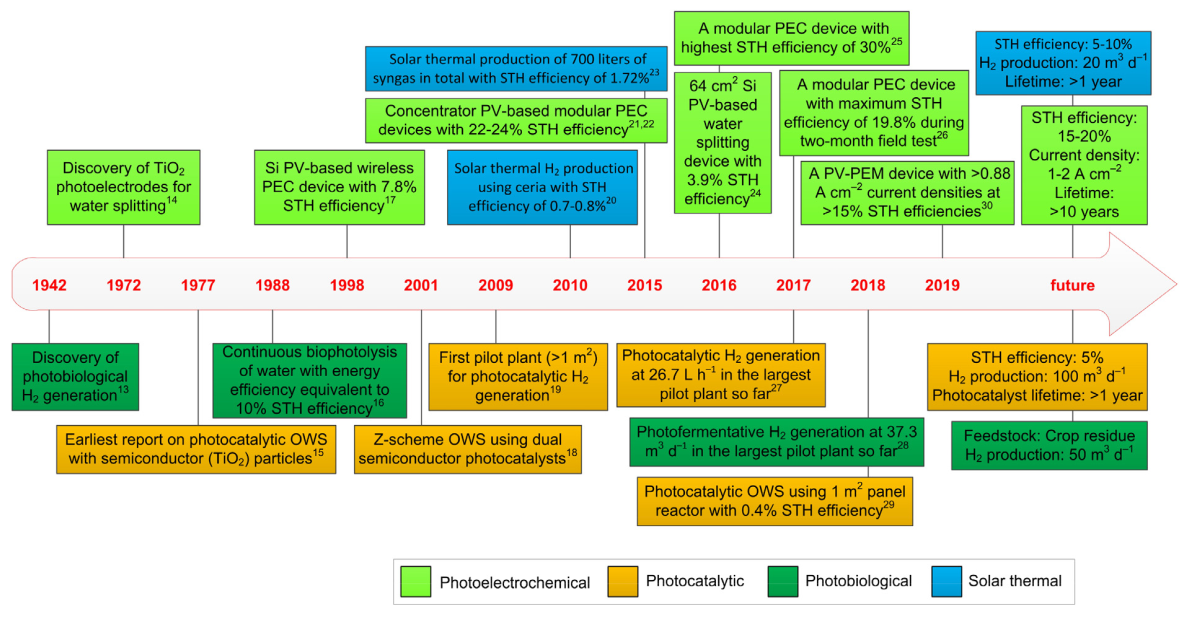
Scheme 1. Timelineshowing the key developments in solar hydrogen production from water andpredictions about the threshold requirements of the four solar hydrogenproduction pathways to be achieved in the near future.
要點1:光催化水裂解
文章從光催化劑和反應體系設計對光催化水裂解部分做了總結。首先介紹了光催化水解的機理。然后文章闡述了光催化劑的設計策略,大規模的批次合成以及連續合成。接著就工業制氫的反應器設計從安全、水動力設計以及逆反應的抑制和光設計做了詳細說明。最后展示了中試進展。Fig. 1. 所示為目前最大規模的光催化水裂解設備。其總受光面積為103.7 m2,平均產氫速率達26.7 L h?1。

Fig. 1. Schematic diagram and photo of a pilot plant for photocatalyticwater splitting.
2. 光生物法制氫
首次光生物法產生分子氫報道于1942年。在過去的二十年,光生物產氫越來越受關注,因為它具有溫和的生化反應條件和理論上的負碳足跡。光生物產氫已經在微藻、藍藻和紫色非硫細菌中觀察到,且遵循不同的機理。微藻和藍藻可以直接生物光解水,其機理見Fig. 2. 紫色非硫細菌需在光照下對有機底物進行發酵方能產氫。文章從光生物性能的提高策略和中試規模的展示方面做了詳述。目前利用紫色非硫細菌進行光發酵的試驗已達到37.3 m3 d?1的產氫規模。
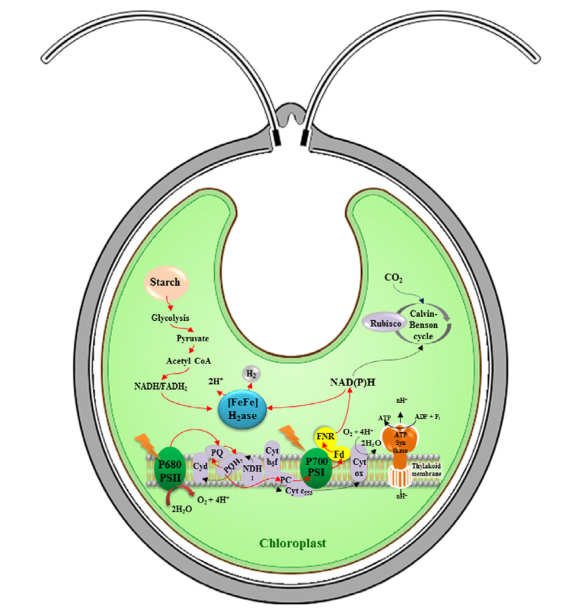
Fig. 2.Simplifiedillustration of hydrogen-related metabolic pathways in green algae.
要點3:太陽能熱水裂解
太陽能熱水裂解利用聚光太陽輻射的熱效應維持反應器的高溫驅動水裂解。此方法可生產用于儲存和運輸的氫能。在過去的幾十年里,各種類型的太陽能收集器和接收器已經獲得開發和商業化。因此,將熱化學水裂解和現存的太陽能收集器整合在一起進行大量的氫生產是可行的。如Fig. 3. 向我們展示了太陽熱能轉化為燃料的一種實現方法。文章對太陽能熱產能材料的多級循環使用和太陽能熱的生產放大兩方面做了詳述。
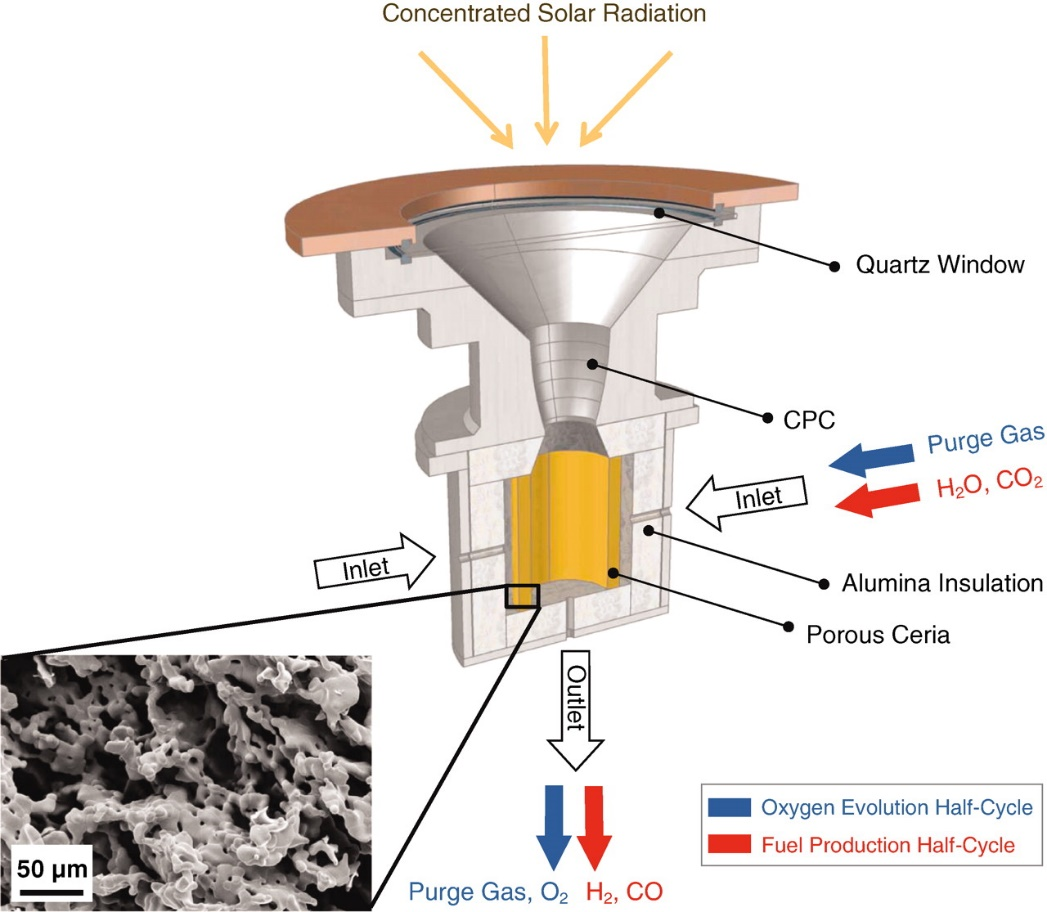
Fig. 3. Schematic of the solar reactor for the two-step,solar-driven thermochemical production of fuels.
要點4:光電化學水裂解
光電化學水裂解裝置將光能轉化為化學能有三種組合方式,見Fig. 4.。一是全集成/無線設備,此設備中,光吸收劑和析氧、析氫催化劑均有物理接觸。二是半集成/有線光電化學設備,此設備中,析氧和析氫催化劑二者之一與光吸收器是物理接觸的,而另一催化劑在另一個電極上通過外部接線連接。三是非集成/模塊設備,此設備包含兩部分,即光伏電池和電解槽,它們通過外部接線組合。文章詳細地對這三種設備進行了講解。Fig. 5. 所示輔以硅光伏器件驅動的CoPi/Mo:BiVO4/Co半集成設備最大產氫速率超過11 L h?1。
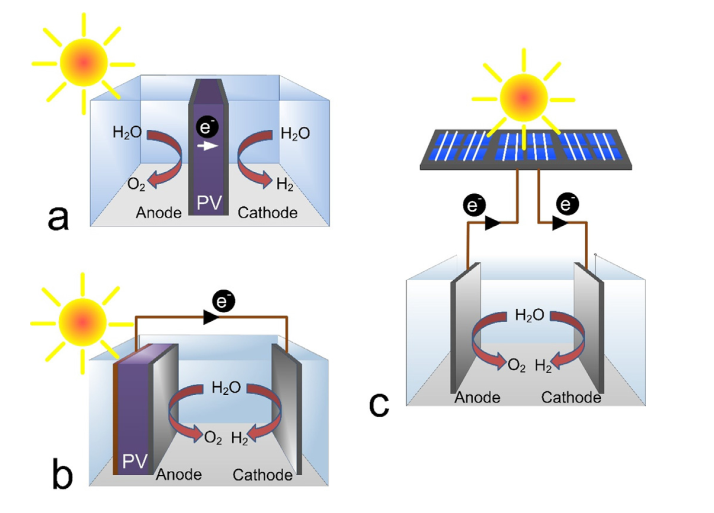
Fig. 4. Schematic ofthree photoelectrochemical water splitting approaches. (a) Fully integrated/wirelessPEC device; (b) partially integrated/wired PEC device; (c)non-integrated/modular PEC device.
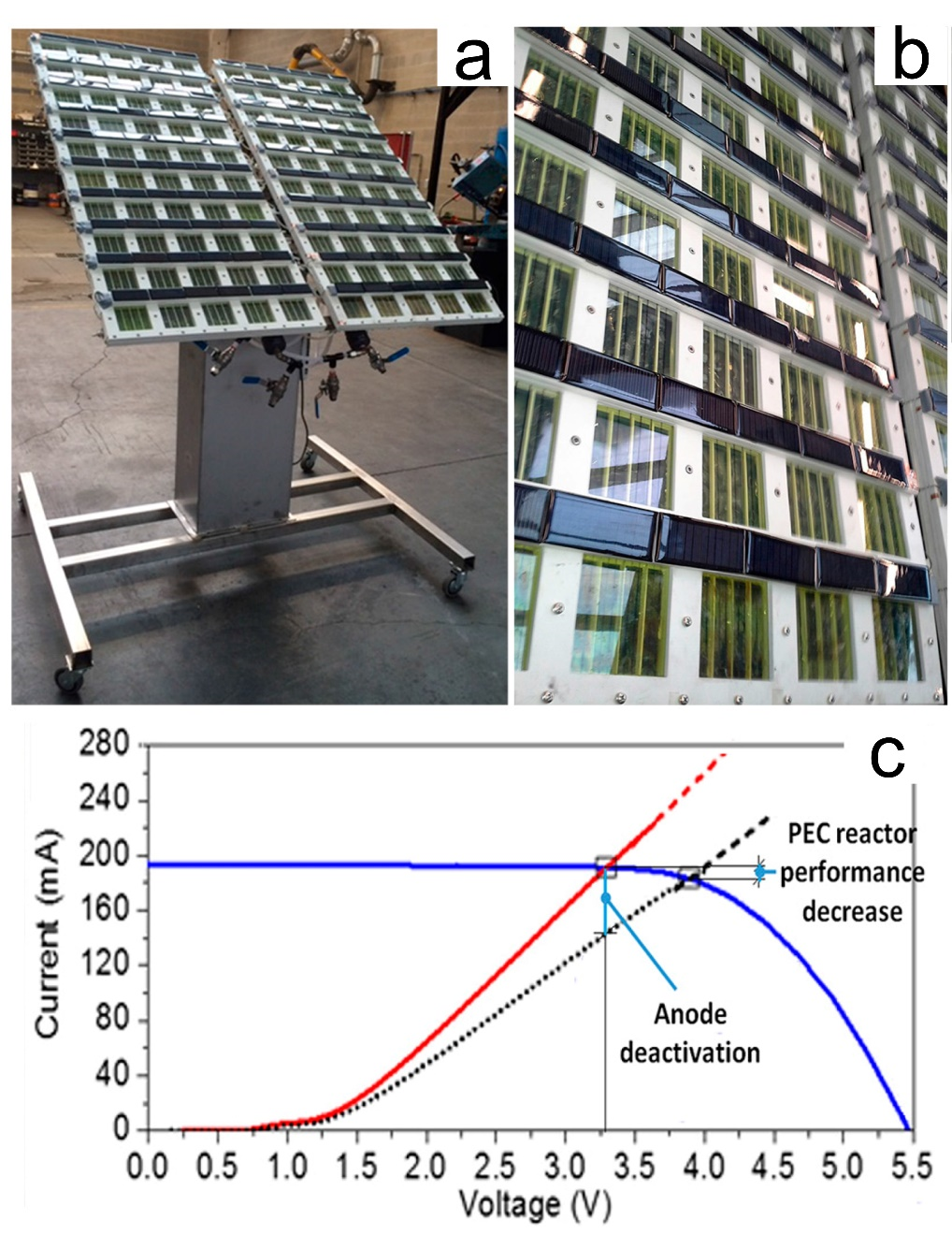
Fig. 5. (a) Photograph and (b)close view of the 1.6 m2 Artiphyction prototype made of 100 PEC cells(each of them included an 8 × 8 cm2 BiVO4-based photoanodeand Co nanoparticles ascathode)for direct hydrogen production via solar-driven water splitting. (c) J-V curve for a single PEC window. Blue line: I-V powergeneration curve of the Si PV for each window; red and black line/dotted line:initial and final PEC cell performance under 1 sun irradiation (AM 1.5 G);light-blue lines: possible performance degradation of a PEC cell prototype.
要點5:經濟技術分析
文章詳細地從經濟技術方面對四種方式進行了分析比較。
Table 1.Comparison of solar H2 productiontechnologies.

小結
本文就太陽能制氫的的方式進行了總結,主要包含了四種方式,即光催化、光生物、太陽能熱光電化學制氫。重點總結了大規模生產的研究現狀。文章總結了各種方式的制氫的優勢以及局限性。作者提出由于各種方式的效率、花費以及系統的復雜性,無法預測哪一種更具有發展潛力。最后作者提出展望,除了研究者克服基礎研究的各種困難,也希望更多的研究者能夠加入,這樣可以累積更多的基礎數據。希望最終的研究結果能夠應用于實際生產。
參考文獻
Research advancestowards large-scale solar hydrogen production from water. Guanyu Liu, Yuan Sheng,Joel W. Ager, Markus Kraft, Rong Xu
EneryChem, 2019.
DOI:10.1016/j.enchem.2019.100014
https://www.sciencedirect.com/science/article/pii/S258977801930017X
掃描二維碼閱讀全文

作者簡介:
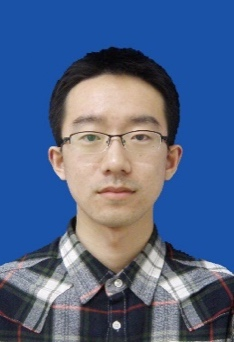
Guanyu Liu is a Research Fellowat the School of Chemical & Biomedical Engineering, Nanyang TechnologicalUniversity (NTU) and Cambridge Center for Advanced Research and Education inSingapore (CARES). He received his Ph.D. degree at the Australian NationalUniversity in 2017. His-research is focused on the nanostructured catalysts for(photo)electrochemical water splitting and carbon dioxide reduction.
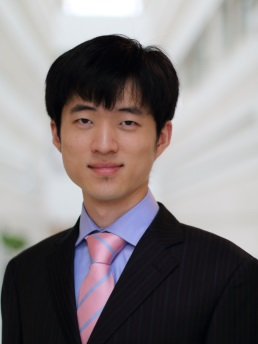
YuanShengisa Research Fellow at the School of Chemical & Biomedical Engineering,Nanyang Technological University (NTU) and Cambridge Center for Advanced Researchand Education in Singapore (CARES). He obtained his Ph.D. degree at theNational University of Singapore in 2016. His-current research includes ?ame synthesis of nanomaterials, water splitting,and CO2 utilization.
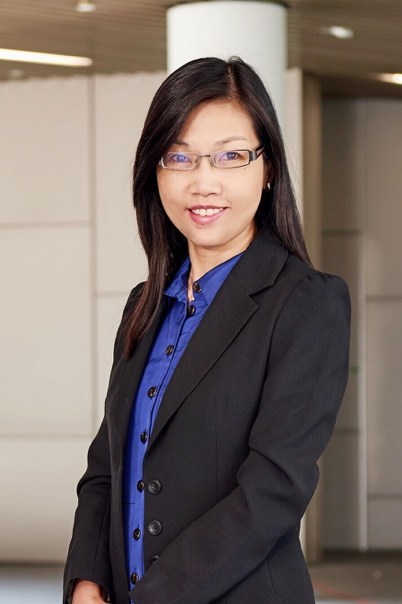
Rong Xuis a Professor at the School of Chemical & BiomedicalEngineering, Nanyang Technological University (NTU), Singapore. She receivedher Ph.D. degree at the National University of Singapore in 2004. Her researchgroup has been actively involved in areas related to energy and environmentalapplications including solar fuel generation and water treatment, usingnanoengineered particulate semiconductor photocatalysts, molecular complexes,and hybrid systems.
關于EnergyChem:
